Graphite Design Tour AD Shafts Review: Every Profile Tested
We have been taking a deep dive into one of the most recognizable and popular shaft families in the game - the Graphite Design Tour AD
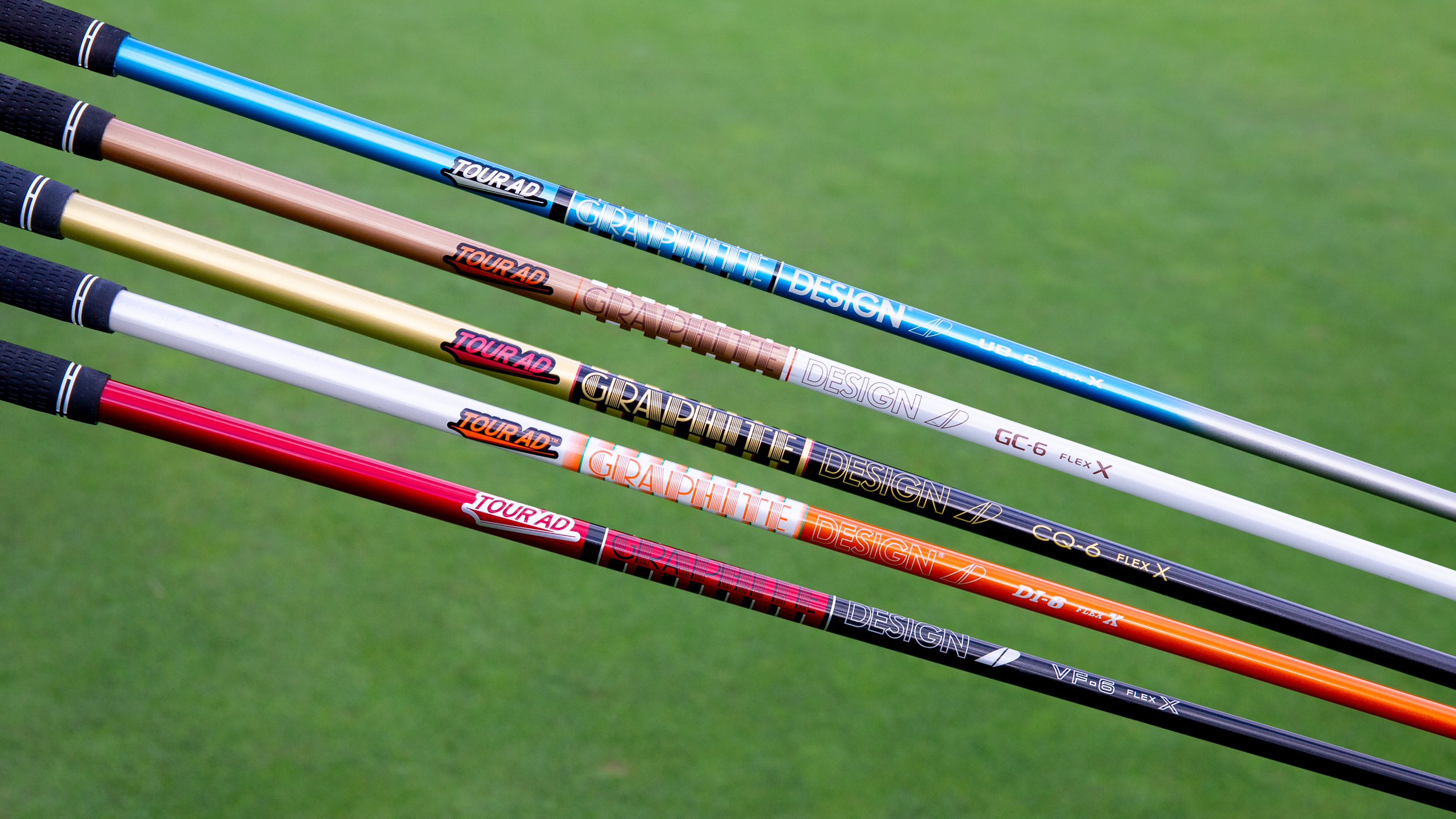
The Graphite Design Tour AD family is one of the most played and recognizable shaft families on tour and for good reason. While the naming convention can be a little confusing, the quality and comprehensive coverage of all bend profiles is undeniable. Graphite Design is one of the most innovative companies in the shaft game, and its product line absolutely reflects that.
-
+
One of the most comprehensive shaft families in the game
-
+
Very cool aesthetics
-
+
Signature smooth feel
-
-
It takes some working out as to which shaft offers what characteristics
Why you can trust Golf Monthly

Graphite Design is a name synonymous with precision, quality, and a unique, smooth feel that has been validated by generations of tour professionals. Its Tour AD (Accuracy and Distance) series has long been lauded for its aftermarket excellence, using proprietary materials and manufacturing processes to create distinct profiles tailored for every type of player.
I've had the opportunity to put five of their most popular current wood shafts through a rigorous testing process to understand their unique feel and performance characteristics.
How We Test Shafts
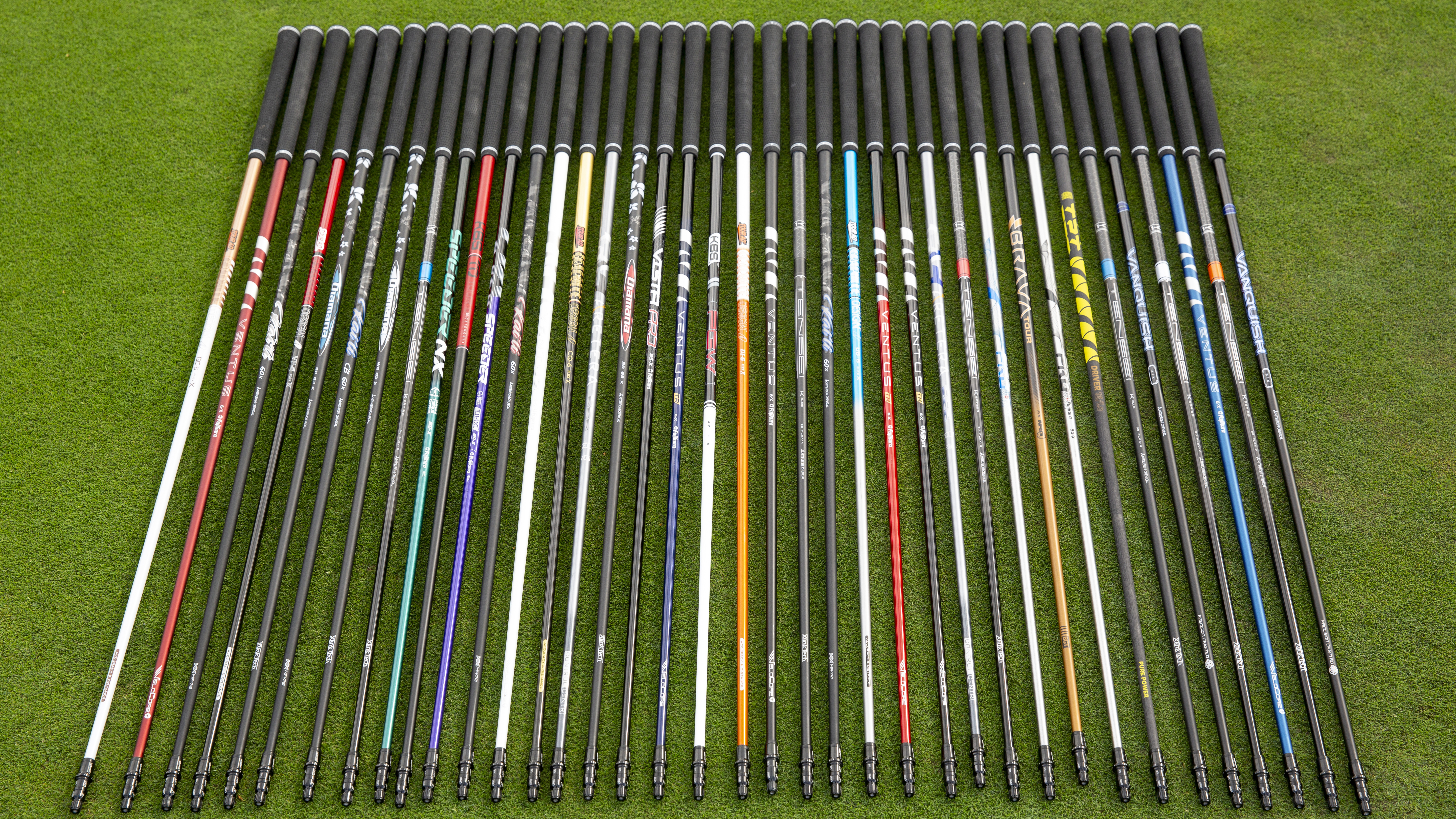
All of our shaft testing is conducted using the same TaylorMade Qi35 core head set to a precise 9 degrees (measured), with each shaft cut to an exact length of 45.5 inches, fitted with a Golf Pride Tour Velvet 60R grip. Furthermore, all testing shots are struck from a white castle tee to ensure consistent tee height during testing.
The data is collected and recorded using a Foresight Sports GC3 launch monitor and TaylorMade TP5x golf balls.
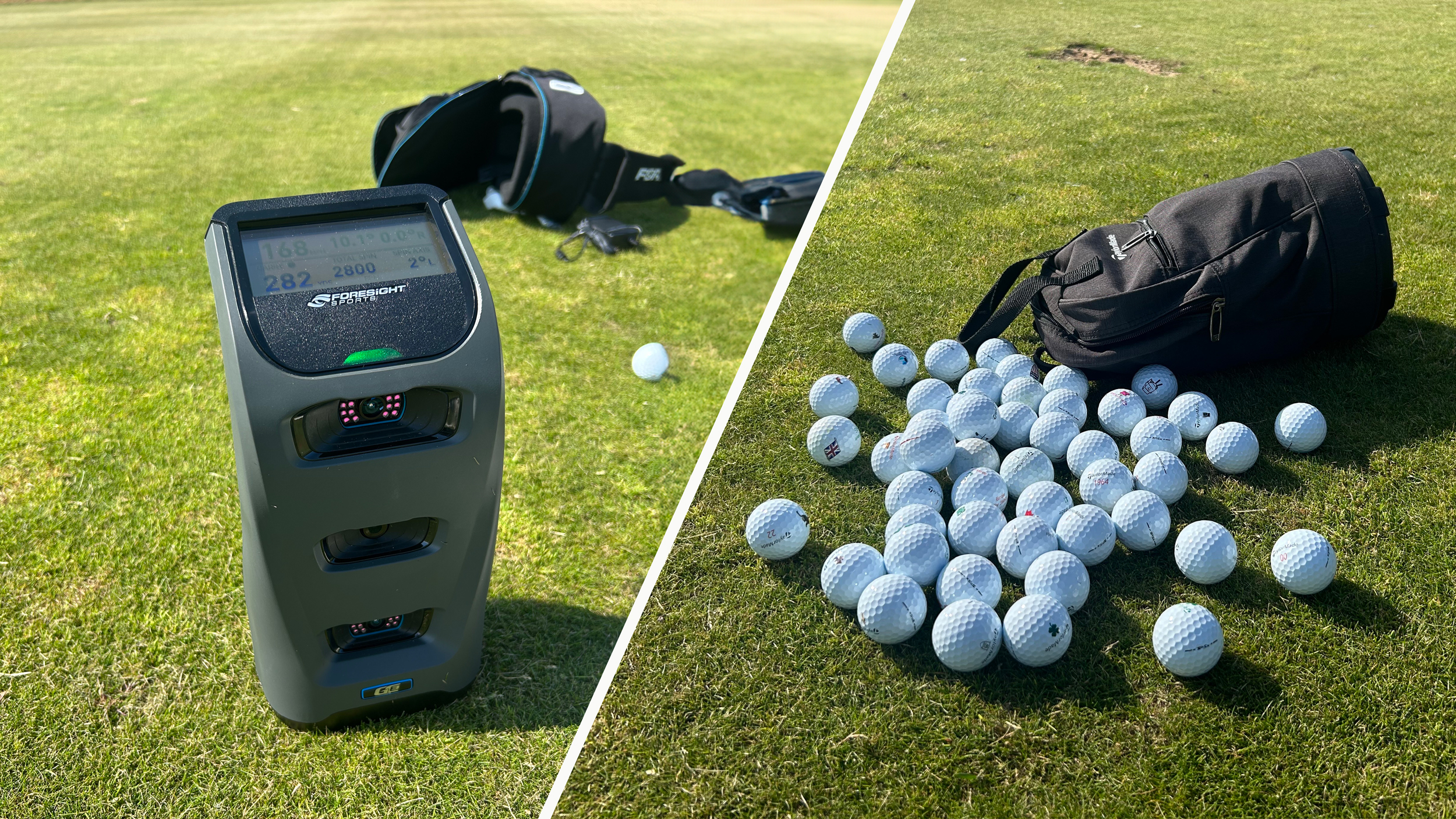
Controlling these potential variables allows me to draw accurate and direct comparisons and form a clear picture of each shaft's performance and feel characteristics.
Graphite Design Tour AD Shafts: Technology
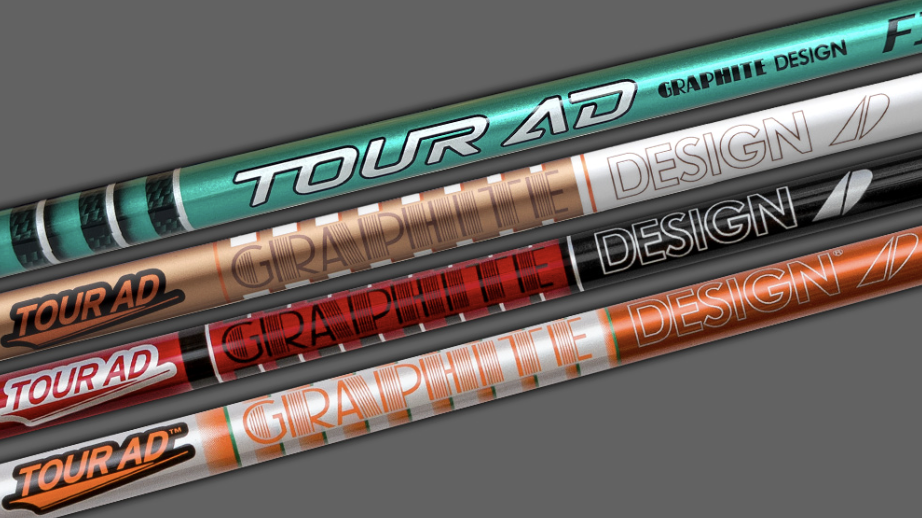
The core of Graphite Design's reputation lies in its meticulous use of premium, high-modulus materials, particularly Torayca M40X Carbon Fiber. This material is employed in critical areas of the shaft to maximize stability and minimize unwanted twisting (or ovalization) during the swing.
Unlike many competitors that use a continuous flex core, Graphite Design focuses on distinct bend profiles for each model, ensuring the shaft loads and unloads precisely where the golfer needs it most. Its proprietary DI Technology allows for a generally softer mid-section feel without sacrificing control through impact, a characteristic that defines their most popular shafts.
Subscribe to the Golf Monthly newsletter to stay up to date with all the latest tour news, equipment news, reviews, head-to-heads and buyer’s guides from our team of experienced experts.
Graphite Design Tour AD VF
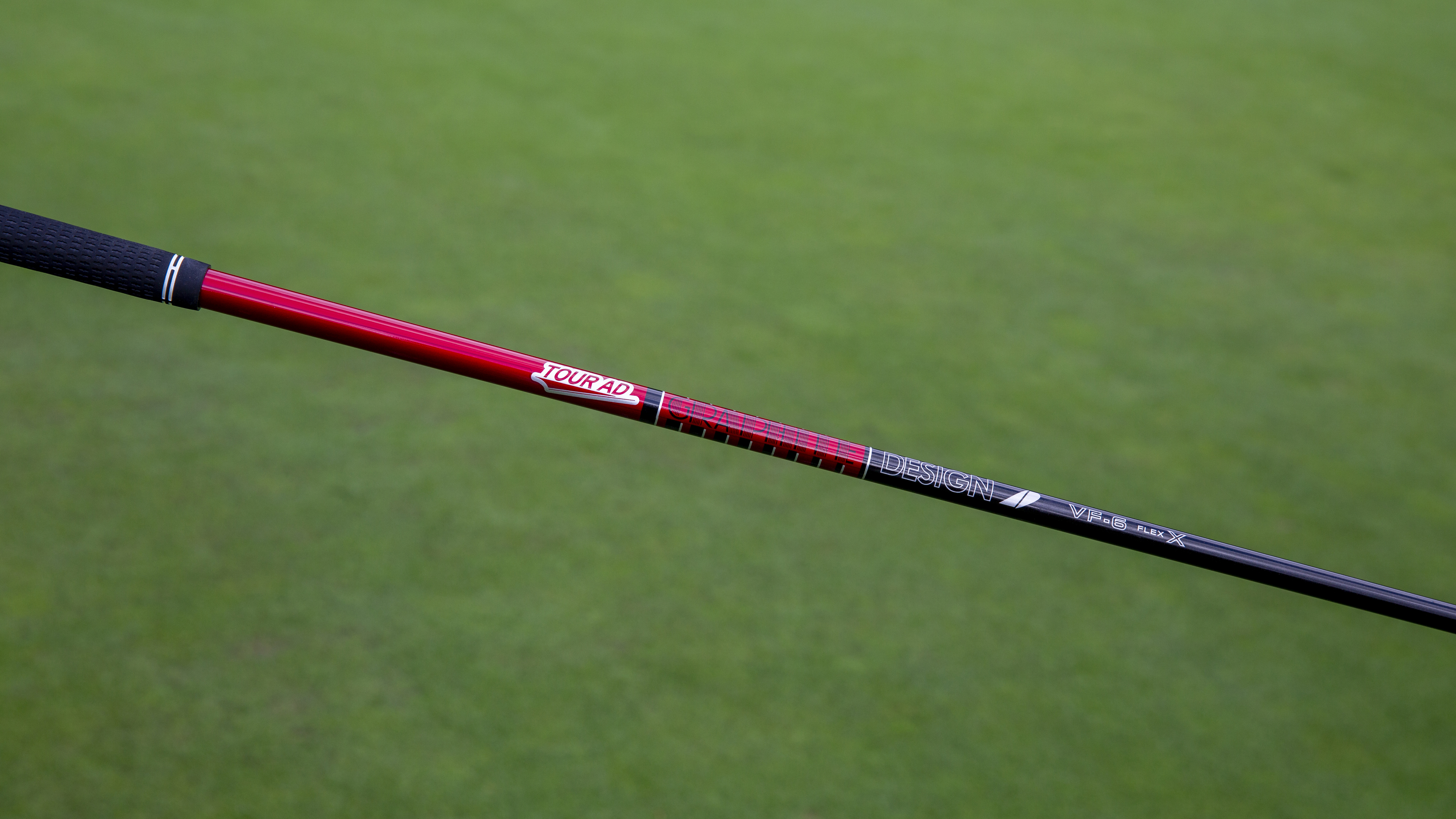
The VF is built for speed and extreme stability, aiming for a low/mid launch with low spin, and before his latest injury layoff is a shaft you may have seen in the driver of the great Tiger Woods.
Immediately upon setting up to the ball, the profile of the VF felt incredibly robust in my hands. The waggle felt very rigid, with little to no give under the handle section, very much indicating what was to come.
In the swing, it was more of the same. I felt very little give or play in any section of the shaft, and felt it required a very aggressive move to get the most out of the profile. Definitely not a shaft for the faint of heart.
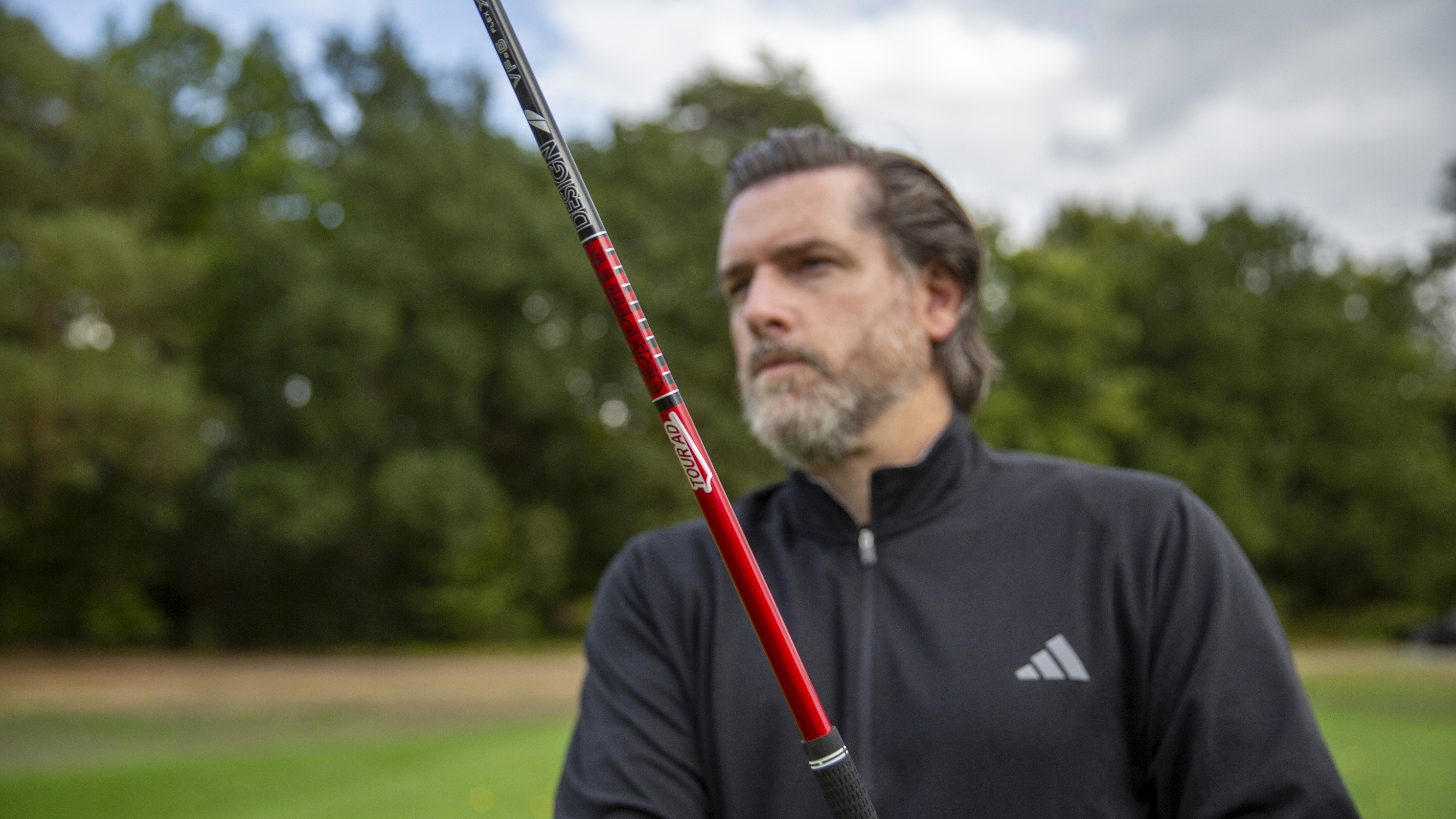
The only word to describe the impact feel of the VF is solid. The stiff tip section resists rotation very well through the strike, offering a penetrating ball flight with minimal curvature. If anything, my shot pattern favored a slight block off to the right, which felt to me was down the very strong tip section, not allowing me to square the clubface up quite as quickly as I would have liked.
Visually, I am a big fan of all the Graphite Design Tour AD shaft range with their familiar rings, and the red/black contrast on show with the VF is a very premium look.
In terms of comparison, if you’re someone who has found good results with the Ventus Black profiles or the Diamana WB, this is certainly a shaft worth testing. Stability and heft are on offer in abundance with the Tour AD VF.
Choose this shaft if:
You possess high clubhead speed and an aggressive transition. Could also be an ideal choice for a player who battles a persistent pull-hook.
Avoid this shaft if:
You are a moderate speed and tempo player whose shot pattern is either a push or a cut (unless you want to double down and ensure this shape).
Graphite Design Tour AD CQ
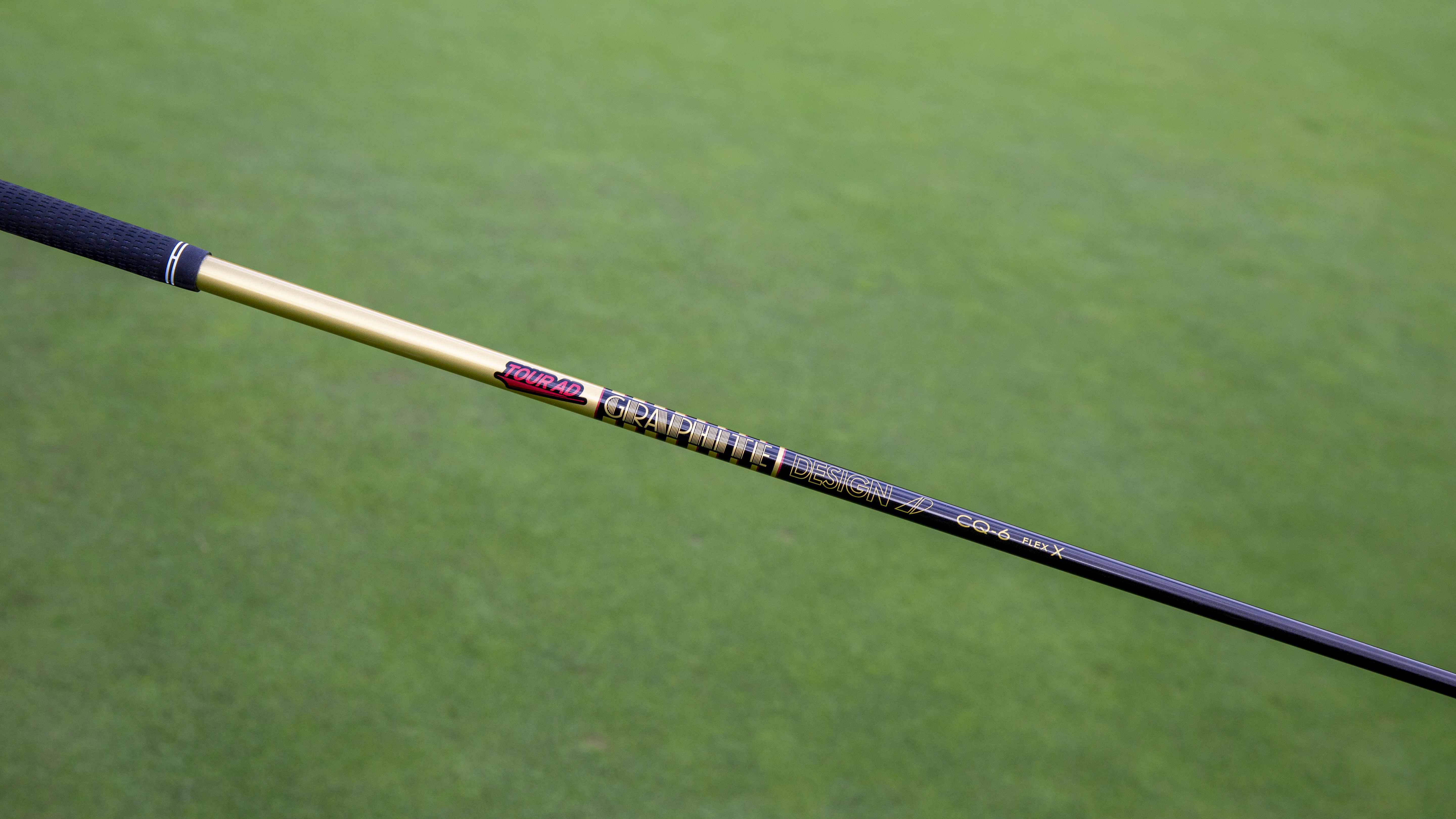
The CQ profile is designed primarily to be a mid-to-low launch shaft with controlled mid-spin, prioritizing stability and tight dispersion. In terms of how that looks in terms of the key sections of the shaft, it features a fairly stiff butt and mid section, with a slightly more active tip than some of the other shafts in the Graphite Design offering.
The feel in terms of the waggle was noticeably firmer than the very popular DI (below), but definitely not as demanding as the VF; however, I wouldn’t necessarily say that this waggle feel carried over into the full swing.
The slightly more active tip section gave a sense of kick and life to impact that I really enjoyed. It is worth noting that for me, this tip section produced a little more dynamic loft and a slightly higher ball flight than my current ‘gamer’ shaft, the Fujikura Ventus Velocore+ Black.
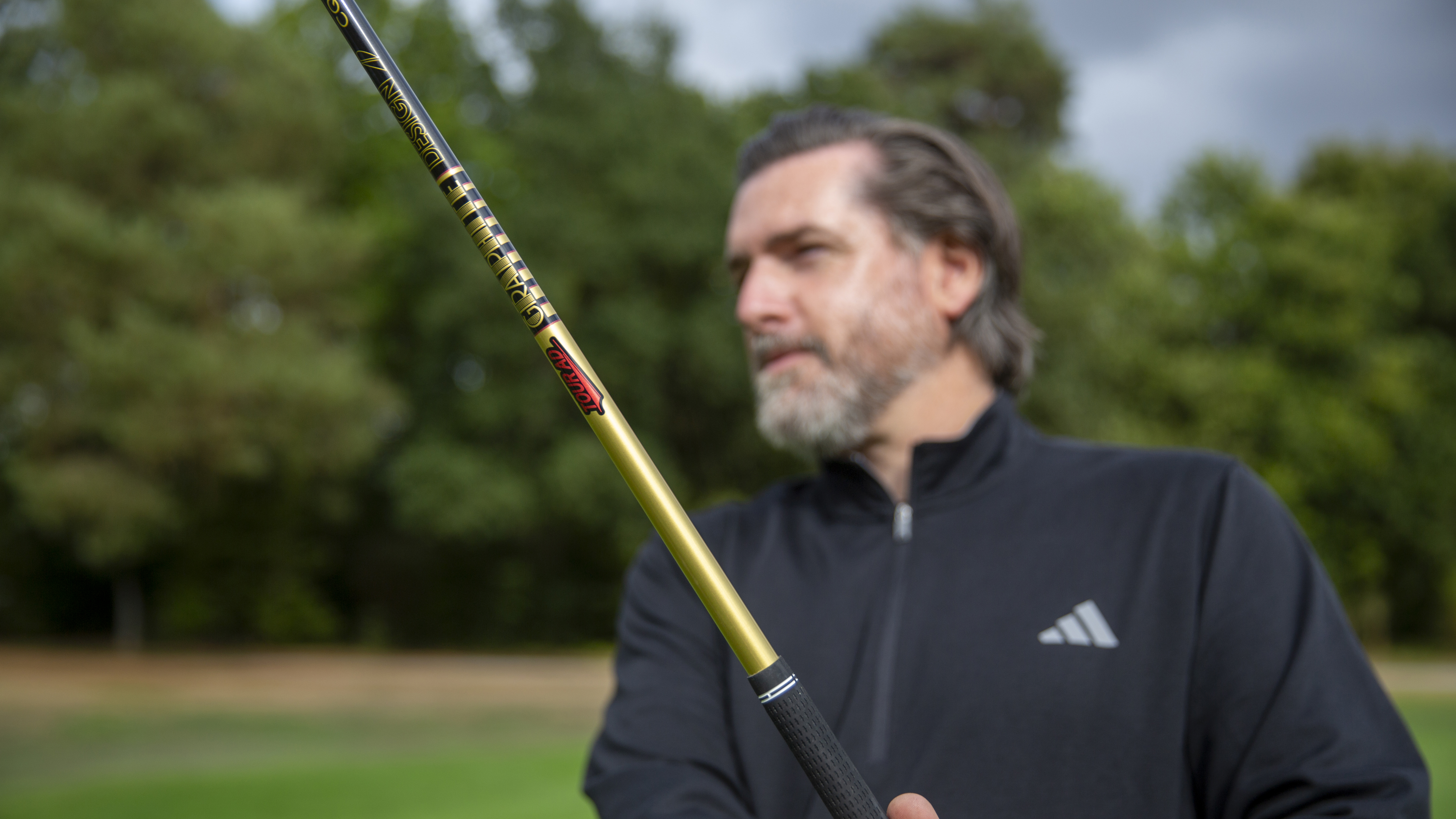
Based on that active tip section, I am very keen to test this out as a fairway wood shaft next.
Overall, I found the CQ offered exceptional consistency; while lively, the shaft felt very controlled, staying with my body rotation well through the transition, and for me at least promoted a nice, consistent center contact. This shaft provides excellent structure without being overly harsh, making it ideal for players who want to raise their trajectory slightly for better carry without sacrificing the stability needed to find the fairway.
Choose this shaft if:
You value stability, but also need a little help with launch.
Avoid this shaft if:
You are an over spinner of the golf ball with the driver.
Graphite Design Tour AD DI
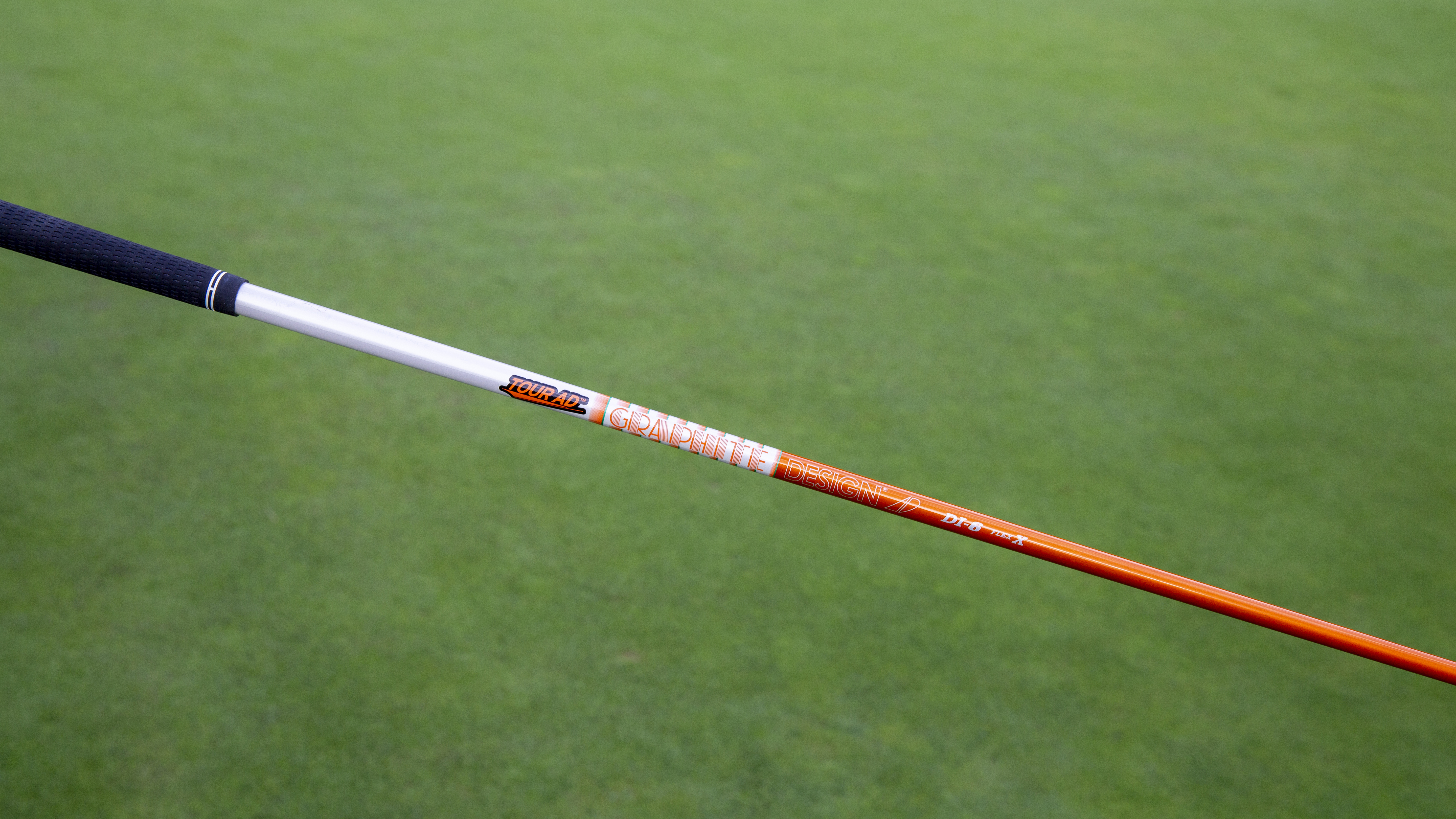
The DI could stake a claim to being the most famous shaft in the modern era (it is certainly the most recognizable) and is celebrated far and wide for its unique feel and noted high launch, low spin performance.
Having tested the DI profile numerous times before, I kind of knew what to expect. I launch and spin the ball quite high with the driver personally, so I have often steered towards stiffer profiles with lower launch characteristics, and as normal, I found much the same in my testing.
The feel when waggling at address is not too harsh or stiff, particularly in the mid-section, yet the tip section felt stable and reassuringly predictable. In the swing, I could feel the shaft load beautifully, creating a sensation of effortless power that translated into excellent ball speed and higher peak height.
While the feel is absolutely exquisite, I have to knock off a little too much loft in my driver setup to make this a comfortable option for me off the tee. That said, with many people craving a little more launch, this is a brilliant option to combine launch and stability.
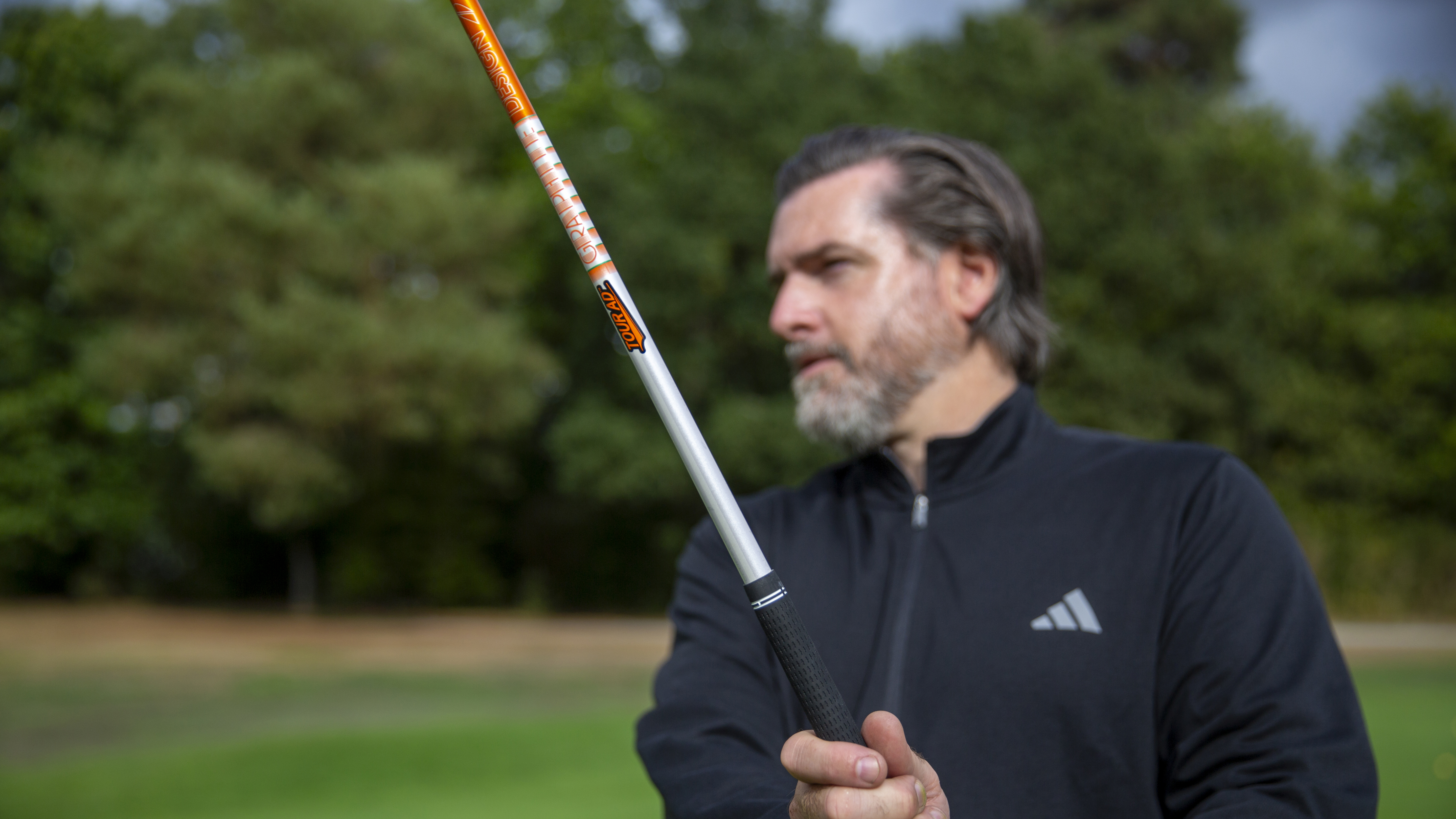
The CQ (above) does a great job of that launch and stability combo too; however, for me, the DI does so in a more balanced and subtle way. While you can really feel the tip section working on the CQ, the DI produces somewhat similar launch numbers for me, but with a more balanced spin output and a very ‘together’ feel through the swing.
Look around the next time you are watching golf on TV, and I guarantee you will see a huge number of these familiar orange shafts in both hybrids and utility irons on professional tours around the world. For some reason, the DI profile and hybrids/utilities are a match made in heaven, and if you haven’t already, it is a must-try.
Choose this shaft if:
You are looking for launch, but without excessive spin
Avoid this shaft if:
You are seeking a low ‘bullet’ ball flight
Graphite Design Tour AD GC
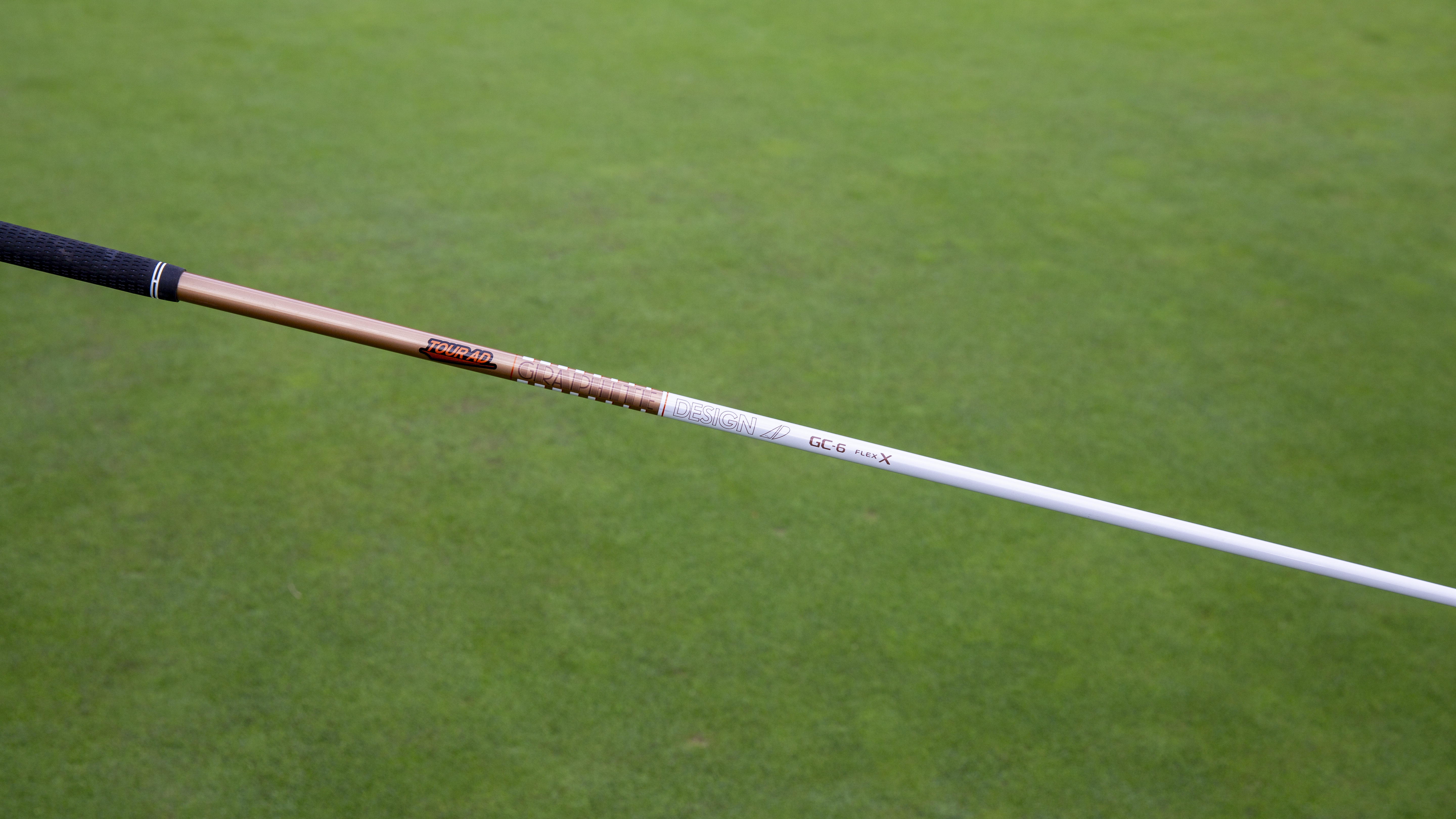
The GC features a technical, mid-low-spin profile built for stability. It has a pretty hefty, stiff handle section, and gets a little softer down towards the tip of the club, so I was anticipating a little bit of extra dynamic loft (delivered loft at impact) than I would ordinarily be used to.
In practice, I didn’t really find that at all. This is an incredibly well-balanced shaft. The GC offers a wonderfully smooth feel, and while it can absolutely support a strong tempo and high speeds, it doesn’t demand it to make the shaft work.
To me, it felt just a touch stiffer than the DI in transition and offered a very strong, low-piercing trajectory that was excellent for cutting through the wind. The stability throughout the downswing was palpable, making it feel very difficult to miss wildly offline.
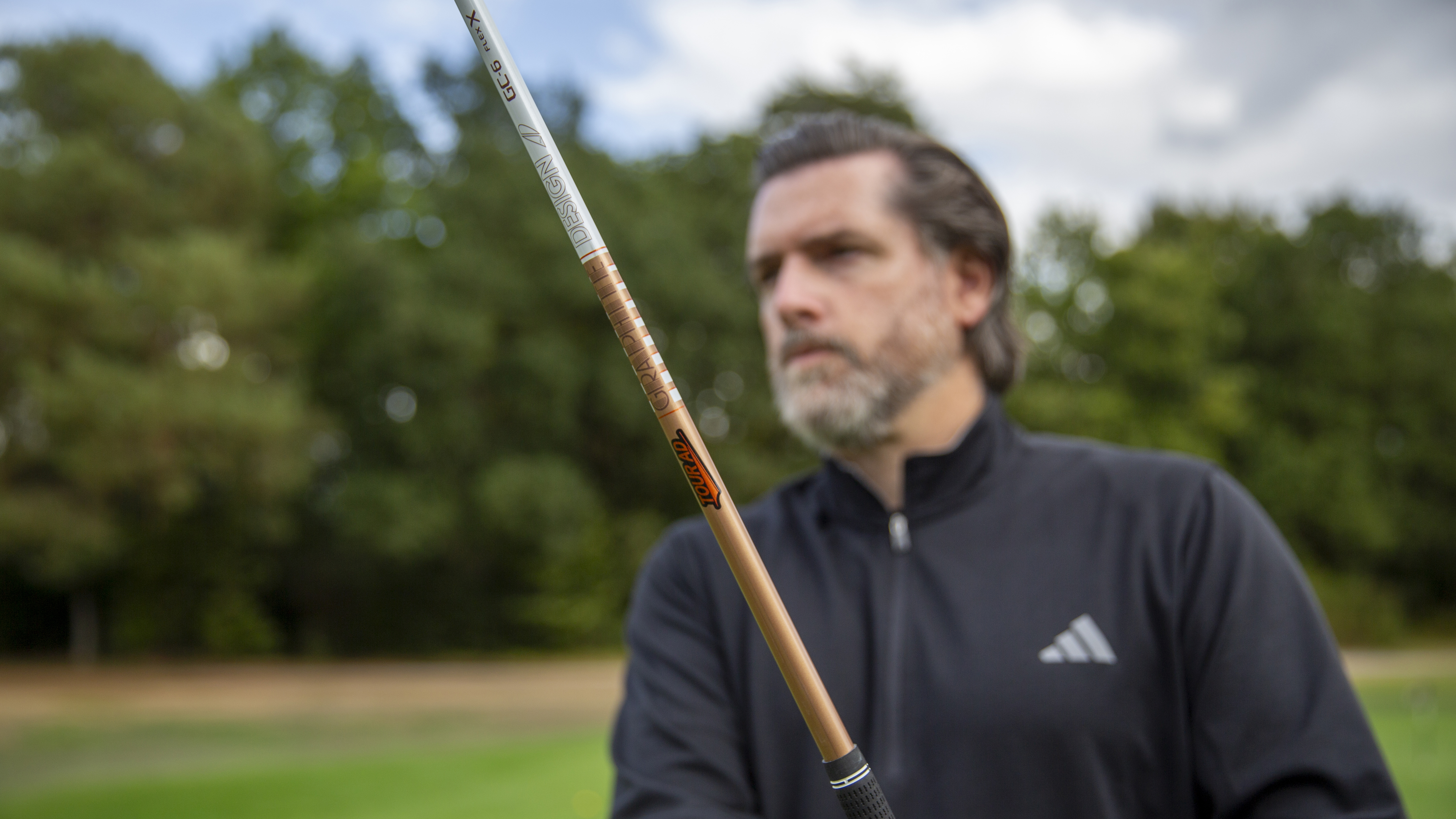
I really enjoyed the feel and performance of the GC, and this is a real contender for a place in my bag based on that. The only thing that may stop that (and I appreciate this is ridiculous!), would be the color. Something about the white and copper combo doesn’t really suit my eye, but many will disagree.
Choose this shaft if:
You generate decent speed and want a smooth feel, producing a penetrating trajectory that maximizes roll.
Avoid this shaft if:
You are seeking more height on your tee shots
Graphite Design Tour AD UB
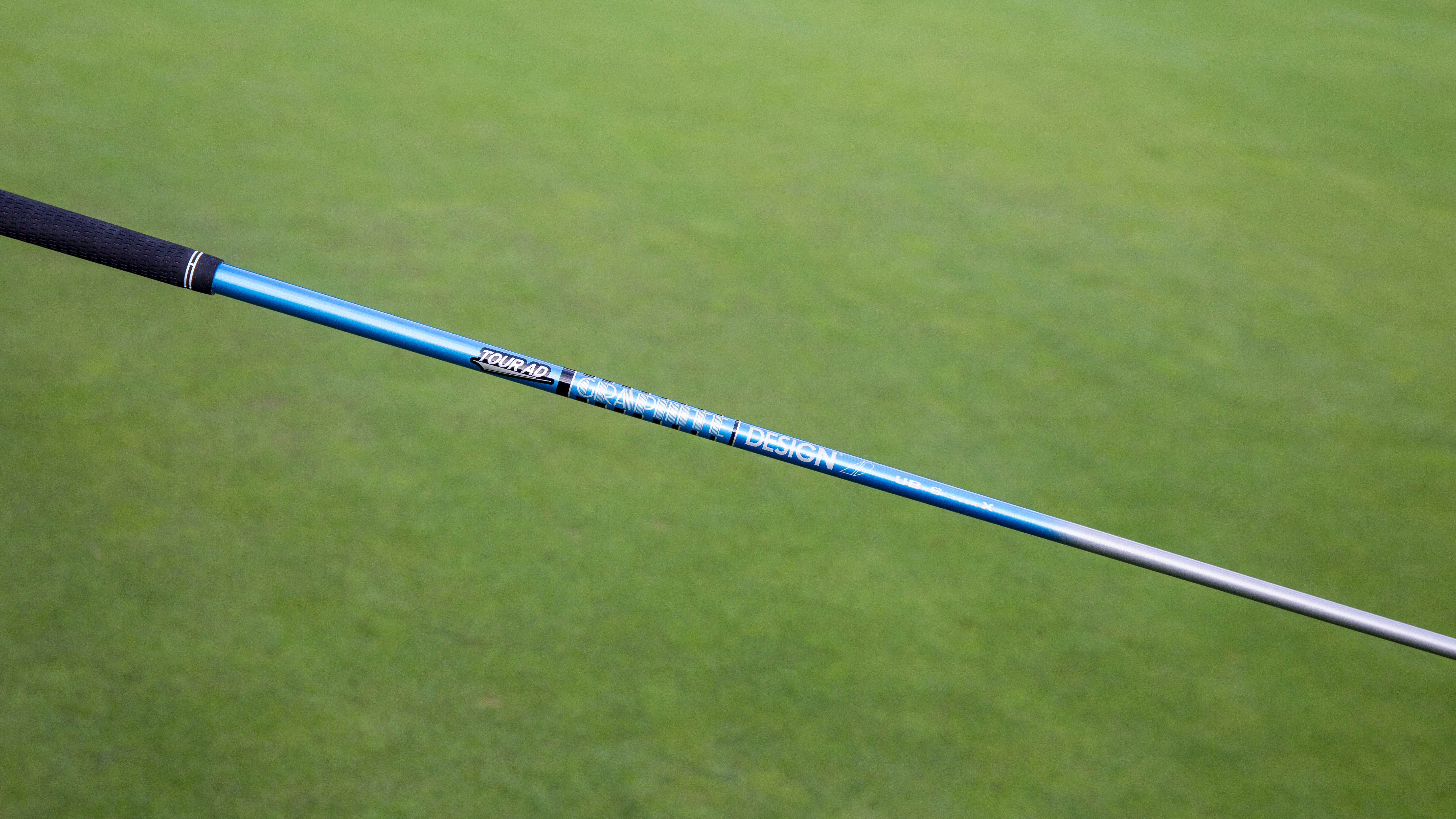
The UB offers a mid-launch, low-spin profile, which, in theory, should be optimal for the launch characteristics we know produce the longest drives.
In terms of the waggle test, it immediately felt very smooth and pliable, likely due to being one of the softest shafts in the range under the grip section. The overall profile is what Graphite Design calls a ‘Medium+’ stiffness under the grip and in the mid-section, before transitioning to a ‘Stiff+’ in the tip section to keep that dynamic loft, and as such, spin under control.
In swing, the UB offered some really nice feedback, and I found it to be in all the right places at the right times during my standard golf swing, although when I did decide to ramp up the speed a little, I found myself craving the stability of a VF or even DI profile.
I found the UB to be a very versatile performer, delivering strong ball speeds and a dependable mid-height flight with no hint of floatiness due to any excessive spin.
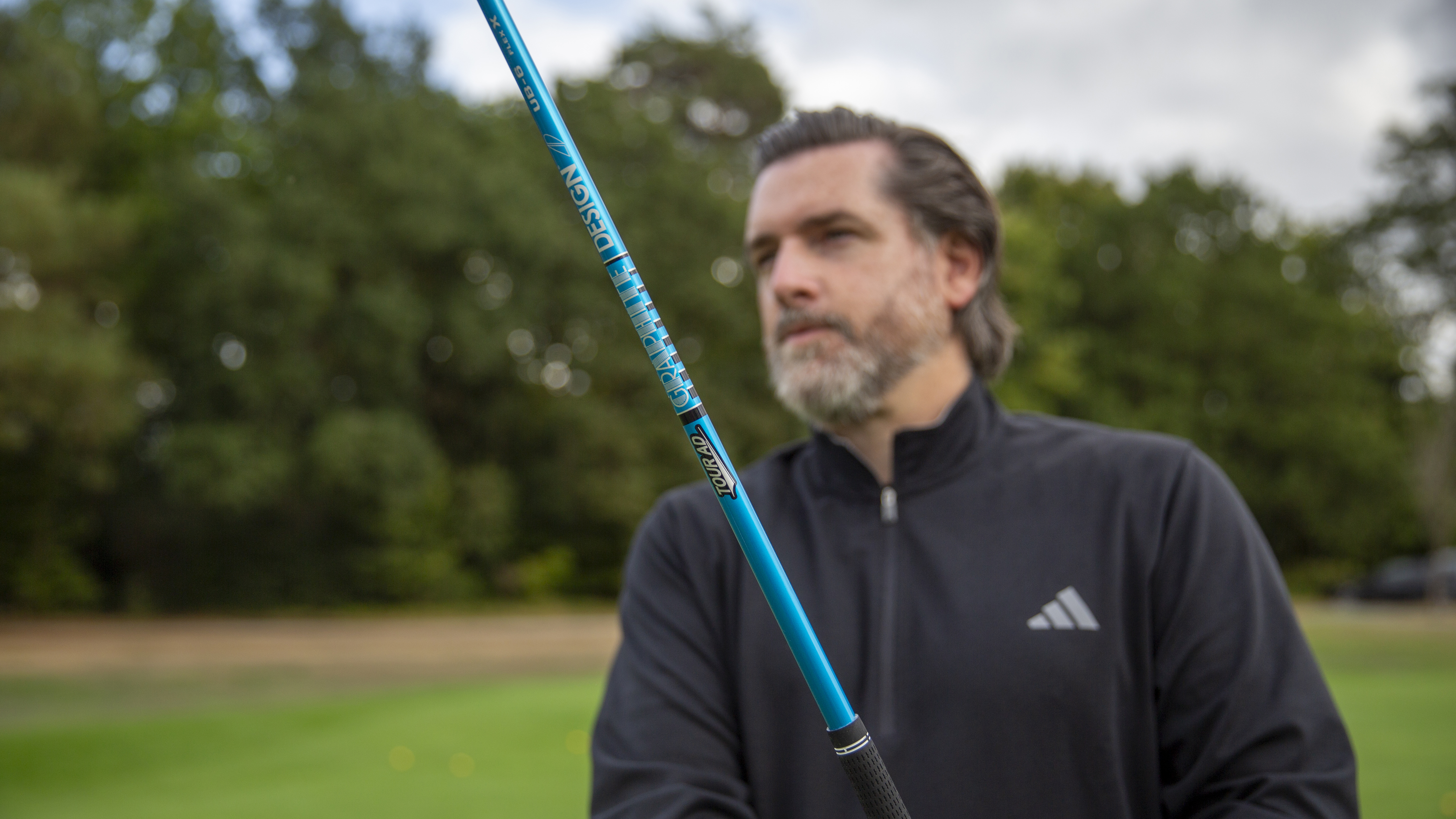
Impact offered a noticeable, solid thump due to the relatively stiff tip section, and on the whole, my dispersion was notably tighter than almost all of the other shafts in the family for me personally.
For some reason, I had a hunch that this would be a great mini-driver shaft for me, so I duly loaded up into my TaylorMade Burner Copper mini (albeit gripping down), and the results were absolutely as I’d hoped. A nice high-ish launch window, coupled with some really stable and consistent spin numbers, was exactly what I was looking for and something I will absolutely be pursuing a little more moving forward.
While it may not be that important, I think this colorway suited my eye the most of the whole family, with the blue and grey combining brilliantly. This shaft will appeal to golfers who need low spin for distance but want a smoother feel and easier loading characteristics than the most aggressive low-spin options on the market.
Choose this shaft if:
You place a premium on accuracy and enjoy a solid impact feel.
Avoid this shaft if:
You need a bit of give in the tip section to square your clubface.
Verdict
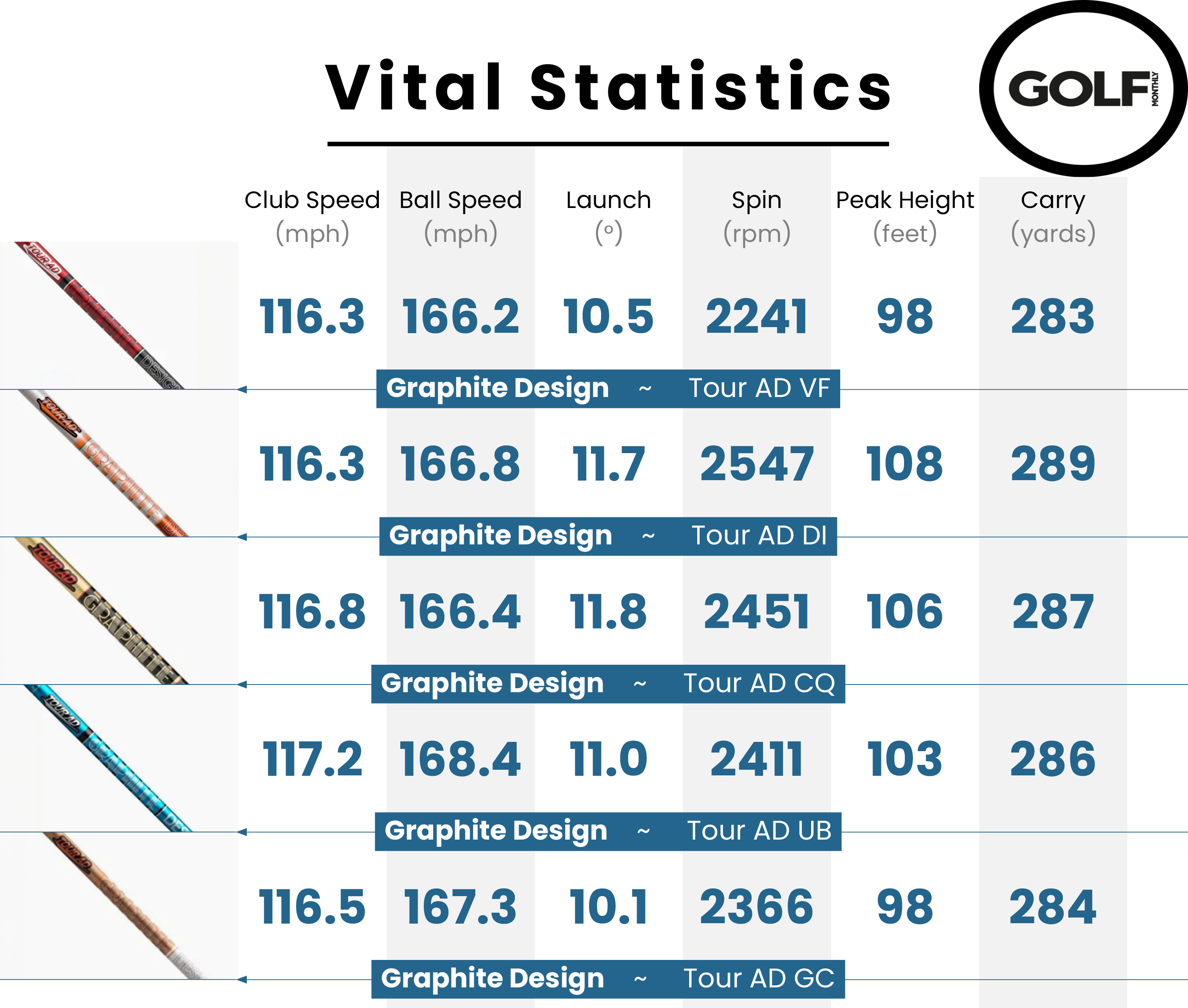
The Graphite Design Tour AD family remains an absolute favorite among gearheads around the world, and for good reason. It is one of the most comprehensive shaft ranges out there (if a little confusing at times), and each shaft is a carefully engineered tool designed to meet specific launch and spin needs.
Whether you crave the sublime feel and height of the DI, the uncompromising low-spin control of the VF, or the consistent stability of the CQ, there is an optimized AD shaft for your swing. The level of quality and consistency across the entire range ensures that once you find your ideal profile, you can trust that performance will be repeatable and reliable.

Joe has worked in the golf industry for nearly 20 years in a variety of roles. After a successful amateur career being involved in England squads at every age group, Joe completed his PGA degree qualification in 2014 as one of the top ten graduates in his training year and subsequently went on to become Head PGA Professional at Ryder Cup venue The Celtic Manor Resort. Equipment has always been a huge passion of Joe’s, and during his time at Celtic Manor, he headed up the National Fitting Centres for both Titleist and Taylormade. He’s excited to bring his knowledge of hardware to Golf Monthly in the form of equipment reviews and buying advice.
Joe lives in North Devon and still plays sporadically on the PGA West region circuit. His best round in recent years came earlier in 2023 where he managed a 9 under par 63 at Trevose GC in a Devon & Cornwall PGA Tournament.
Joe's current What's In The Bag?
Driver: Switch between TaylorMade Qi35 and Callaway Elyte TD - both with Fujikura Ventus Black 6-X
Fairway wood 1: TaylorMade BRNR Copper Mini Driver - Fujikura Ventus Black 7-X
Fairway wood 2: Callaway Apex UW 17˚- Fujikura Ventus Black 9-X
Irons: TaylorMade P7CB 3-PW with Dynamic Gold Tour Issue X100 shafts
Wedges: Callaway Opus 50, 54, and 60 degrees - Project X LS 6.0 shafts
Putter: LAB Golf Oz.1 (zero shaft lean)
Ball: TaylorMade 2024 TP5x
Grips: Golf Pride Tour Velvet 60R
Bag: Vessel Player IV Pro DXR Stand
You must confirm your public display name before commenting
Please logout and then login again, you will then be prompted to enter your display name.